"LEAF TO LEAF - FACE TO FACE"
ISABELLE BONZOM'S ON SITE SHOW
AT THE MUSEUM OF SAINT-MAUR - VILLA MEDICIS
With “Feuille à feuille – Tête à tête” the Musée de Saint Maur – Villa Médicis, near Paris, presented an in situ exhibition by Isabelle Bonzom from May 23rd to September 6th, 1992. At only 27, the artist created a specific, thoughtful and stimulating dialogue between the surrounding garden, the collections, the visitors and her painting.
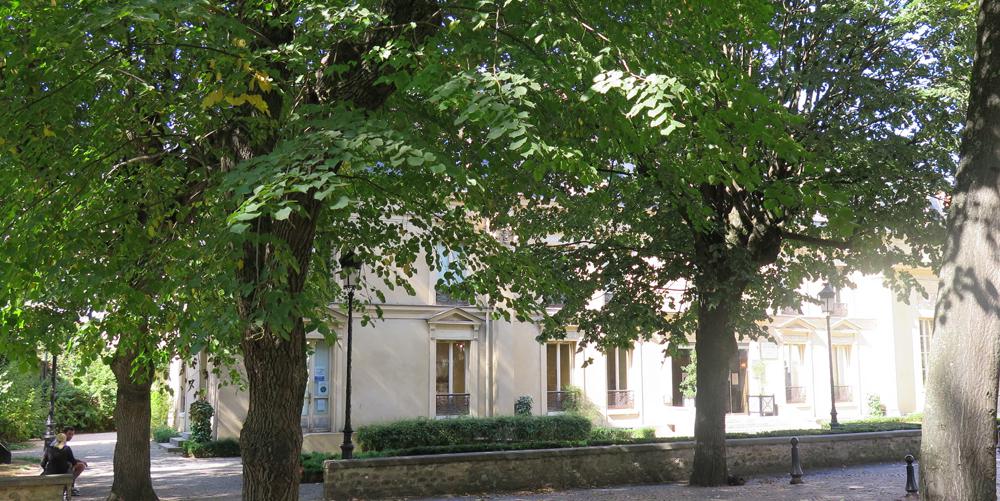
Invited by Bernadette Boustany, director of the Musée de Saint Maur - Villa Medicis, who gave her carte blanche, Isabelle Bonzom worked regularly on site in the year preceding the exhibit. Informed by the place, the artist based her work on two iconographic themes : vegetation and human faces, while exploring the relations between them.
Isabelle Bonzom created drawings and paintings drawn from five portraits of the museum collections from different artists and periods of time. She also drew and painted the different stages of the growth of several plants in the garden surrounding the museum.


Isabelle Bonzom produced more than 200 drawings and paintings that were displayed throughout the museum and the surrounding garden, creating a genuine dialogue between her work and the museum collections and gardens. The show, which started outside the museum, took into account the way visitors moved in the garden and in the museum, and emphasized the close relations between the exterior and interior spaces.
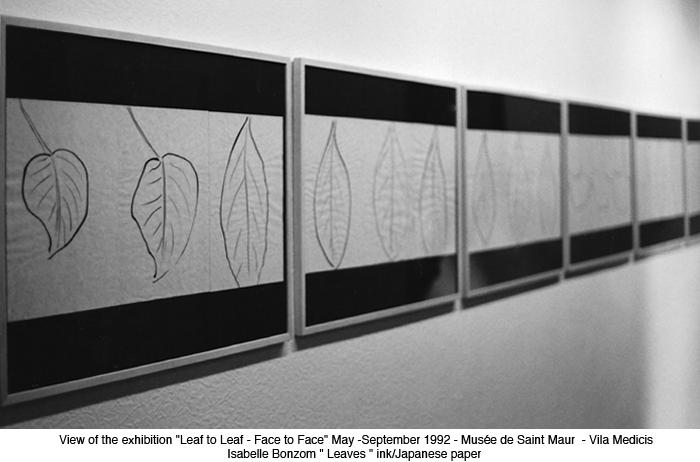

Inspired by botanical illustrations, the artist created some thirty oil paintings on steel plates, of plants found in the garden, which were shown near them, as invitations to question reality, the cycle of the seasons, time and space.
Indeed, the artist played with notions of the model and its representation as she painted the entire life cycle of a particular plant which she had observed in previous months and showed it next to the actual plant in its current state at the time of the exhibition.
With this on-site solo show, Isabelle Bonzom sought to instill visitors with a sense of discovery toward nature and art. Here, a leaf painted on steel mingles with garden counterparts. These paintings displayed throughout the garden were invitations to passers-by to come in and visit the museum.
Vegetation "entered" the museum and mingled with more than a hundred human faces painted by the artist on salvaged tarpaulin, paper, wood, canvas and ceramic, all a reflection of a meditation by the artist on the representation of the human face based on five paintings she had chosen from the Museum collections.

Excerpts from a speech by Bernadette Boustany, director of the Museum of Saint-Maur, on the opening of Isabelle Bonzom’s "Feuille à Feuille - Tête à Tête" show :
".... Et voilà ! The museum garden is invaded by Isabelle Bonzom’s works. To amaze people who stroll, to disconcert them sometimes, and above all, to encourage them to follow the trail and continue the discovery inside the museum itself, to make people forget this prejudiced notion that a museum is a “domain reserved” to some. That’s what the artist was looking for. ...
Of these five paintings selected by Isabelle Bonzom in the museum collections, she has made a very personal and very contemporary interpretation.
Instead of plagiarizing those paintings, she breathed new life into them, yet without betraying them nor tiring the viewers. On the contrary, our eyes cannot go from one painting to another without our constantly asking ourselves questions... That’s because nothing in this exhibit is left to chance. Everything come together in a coherent ensemble, from a specific format chosen by the artist for a canvas to its placement near a certain watercolor.
At the end of this trail, everyone will understand that, for artist Isabelle Bonzom, the sketchbook has as much worth as a painting on canvas. Spontaneity makes room for reflection but keeps the same density..."
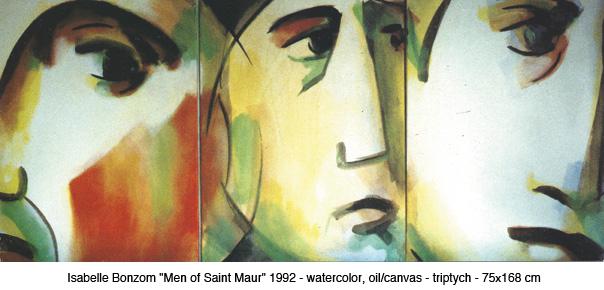
Excerpts from Isabelle Bonzom’s foreword in the “Feuille à Feuille- Tête à Tête” exhibit booklet :
"I often compare museums to restaurants. Art is the food found there. For me, going to a museum is natural, and I go to museums often. I do not consider a museum to be a cemetery. To me, a museum is not a nostalgic place. It is a place allowing encounters and dialogues with art.
I’ve had many intense emotional shocks in museums, such as seeing Velazquez‘ “Las Medinas” and Goya’s “Black Paintings” at the Prado. For me, drawing is an equal to painting. Both are the realm of research on forms and contrasts, on texture and composition. Drawing can be present at any stage of the work."
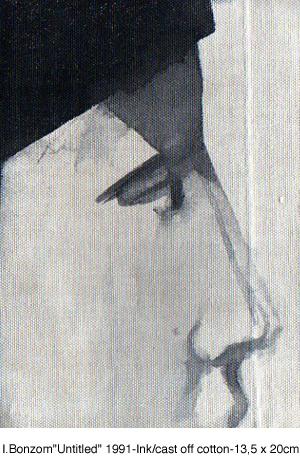
“Experiencing the universal”
by philosopher Martine Méheut
Martine Méheut is a doctor in Philosophy. She is the author of “Penser le Temps" (Thinking about Time), published by Ellipses Marketing and “L'invention du Bonheur" (The Invention of Happiness) published by La Table Ronde. She is also an art connoisseur and collector. Martine Méheut reflects on the series of faces painted by Isabele Bonzom for the artist solo show at the museum of Saint Maur-Villa Medicis.
"The eyes of those faces are extremely present, without any notion of future or past. They are a timeless presence. Isabelle Bonzom has effaced anything concerned with anecdote, and temporality is, indeed, a form of anecdote. The faces series is about escaping out of time through fullness, rather than through stiffness. It is a living presence, it is full of life but life without time that flies, without anything ephemeral…
All I see in Isabelle’s paintings seems to be lit up. It is perfectly luminous, crystal-clear as far as light is concerned and yet, she approaches obscurity, that is to say, mystery. Through light, she reaches mystery.
Isabelle doesn’t muse, she finds what is essential. In her work, I see a return to the inside, a return to intimacy. Intimacy in the sense that I, as an human being, have shed all my singularities and found the central core again. It is intimacy as universality.
I am not interested in what is different but in what we share.
Why am I moved by Isabelle Bonzom’s work? Because I feel something I live, something that is buried somewhere and that we, human beings, probably share, thanks to a dimension in which we can live, and that is what universality is.
Universality is actual experience that one cannot reach every day or at every moment because one is dragged away and absorbed. In fact, one is absent-minded. By contrast, universality is the opposite of absent-mindedness, and something of the same nature as experience."
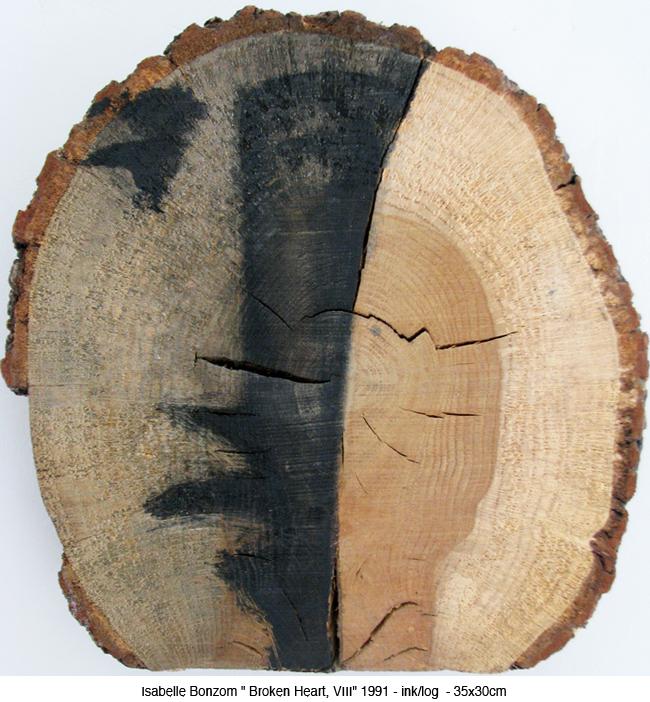
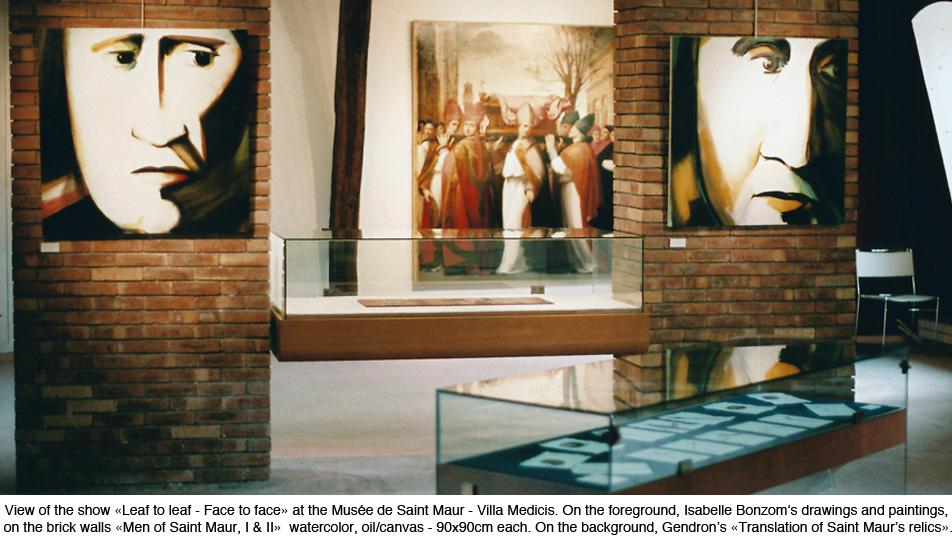
.jpg?v=1gdrlua)
Mattia Preti "Saint Sebastian"
Musée de Saint-Maur - Villa Medicis
In the museum's collections, Isabelle Bonzom chose a "Saint Sebastian" by Mattia Preti, Ernest-Augustin Gendron's "Translation of Saint-Maur's relics," two portraits by Victor Lecomte and an anonymous "Head of a monk."
Representing various eras and different styles, those five paintings all question incarnation, human bodies, faces, expressions and the human condition.
This on site project fell entirely within Isabelle Bonzom's general approach. The choice of these five paintings of the museum collections corresponded to the inner and recurrent theme that Isabelle Bonzom has explored consistently throughout her artwork. Indeed, she has always viewed painting as a living body and an expression of life.
Please visit the Musée de Saint Maur - Villa Medicis website